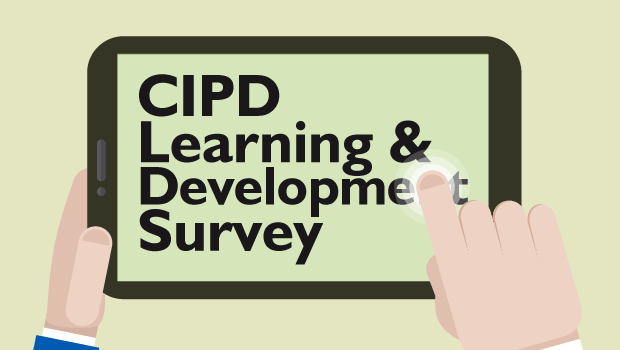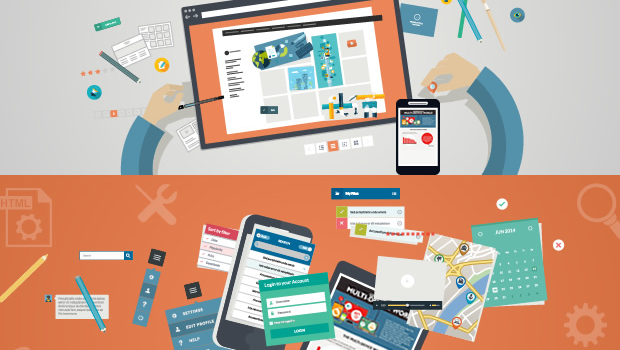CIPD (Chartered Institute of Personnel and Development) recently published their annual Learning and Development report.
Some data that’s emerged is quite interesting.
“Fewer practitioners (39 per cent) are involved in “introducing or extending e-learning” this year, a fall of 6 per cent on 2008.”
It’s disappointing to read that a little more than a third of the respondents will introduce or continue their eLearning programs. Perhaps this ties into the current economic conditions or their company’s track record and results in implementing eLearning. Perhaps its individuals in L&D not being innovative enough when leveraging technology for learning; either way it’s hard to tie down to a specific cause. In all probability it’s a combination of these and more.
“When asked what activities L&D specialists spent most time on, only 8 per cent of respondents cited the design and implementation of e-learning, compared with 43 per cent who prioritized delivering courses.”
This has always been the case with L&D; they’ve prioritized on delivering courses rather than spending time and money on the design and implementation of learning. Charles Jennings, former global head of learning at Thomson Reuters and now an independent consultant commenting on this “It seems that many of us are still locked into courses and curricula,” Giving more attention to e-learning, he said, would help the transition to more personalized, collaborative and flexible learning, available when users wanted to access it.
Jennings goes on to add “Many may have tried e-learning once, but had a poor experience and decided it doesn’t work.” Yet although everyone has also had non-productive experiences with teachers, he said, teachers don’t all get written off. He makes a valid point, about teachers not getting written off because of non-productive learning experiences under their tutelage. Organizations that have failed with their eLearning experiment the first time, should consider the time ripe to try again.
“A quarter of respondents say they are not involved or consulted at all in the roll-out of new IT systems. Furthermore, only 11% feel that the implications for learning, training and development are taken into account when changes to IT infrastructures are planned.”
This bit was concerning to say the least. More and more now, IT systems form the underlying network for information exchange in the organization – it’s these very networks that support and enhance learning and performance. For this reason, it’s imperative that L&D be involved in considering the impact these IT systems will have on learning and performance. Allowing L&D to be involved in specifying certain requirements based on learning and performance needs allows an organization to better leverage investments made in IT system. That is, in addition to fulfilling operational needs, they can also provide some additional learning and performance related benefits to the organization.
“More than a third agrees that ‘Learning and development in my organization is seen as an important part of business improvement.’”
We were happiest to find this in the survey! Organizations are rapidly realizing that learning and development is critical to business success. Organizations now understand it also provides less tangible but important benefits related to the ‘human’ aspects of the enterprise.



















